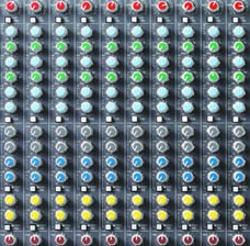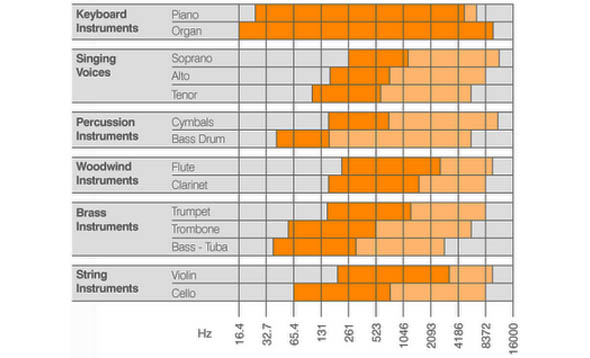When I first began doing sound, I bought a great set of headphones. I thought to myself—if I’m going to be expected to make something sound good, I should probably know what I’m shooting for.
So I started listening (like crazy) to CDs. Not just bands or styles I liked, but anything and everything I could get my hands on. I listened to the lyrics, chords, melodies and harmonies, but also to how it all fit together. I concentrated on the space that each instrument was taking up.
I noticed that certain instruments seemed always to be sitting in a certain spot — not to where they were panned, but to the frequencies they occupied.
How To Get There
When building a mix, we need to think of the song as a line. Each instrument makes up part of that line. If we have too many instruments or frequencies trying to take up the same space our line gets bumpy and the mix gets muddy.
Listen to each instrument and think of a space for it on the line. Keep other instruments away from it (EQ wise) and you will have an easier time hearing that instrument. You wouldn’t want to have a really bassy, heavy electric guitar because it would be taking up a lot of the space the bass guitar really needs. Try to keep each instrument in its place.
Think of each instrument as to what the fundamental piece of it is. For instance the fundamental of a kick drum will be low frequencies.
That’s not to say you don’t need highs to make it cut, but there really isn’t much midrange going on with it. Try to carve out some of the midrange of the kick to make room for the low midrange of the bass guitar.
Another example is electric guitar. Many engineers mistakenly try to make the electric guitar huge to get a “larger than life” sound, but if you really listen to a guitar on a CD and focus on what frequencies are really taking up space in the mix, you’ll be surprised at how small the range actually is.
I always tell new engineers never to be “done” with the mix. Listen for changes, and more importantly, listen to make sure that everything is in the mix and working together.
Be attentive to the mix and what’s going on inside it. It doesn’t mean you have to constantly turn knobs. Focus less on the actual sound of the individual instrument and more on how it interacts with other instruments in that same range.
There are no “magic” numbers that work every time because all instruments are a little different. The equation gets more complicated when we use different mics or the instrumentalist changes patches on their keyboard, but trust me… none of that is really important. What is important is that you focus on getting a natural sound that blends nicely with the competitors for the same space.





















